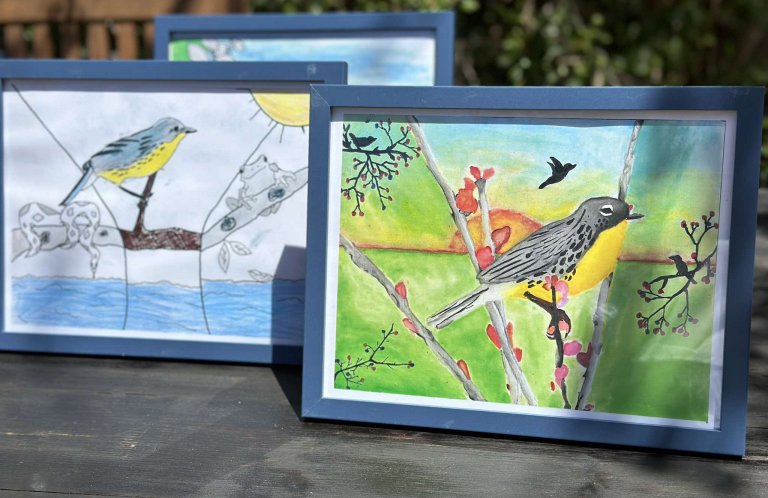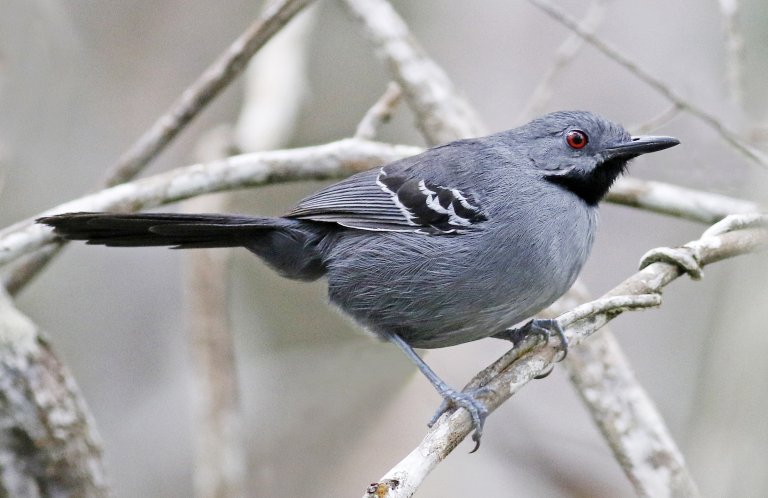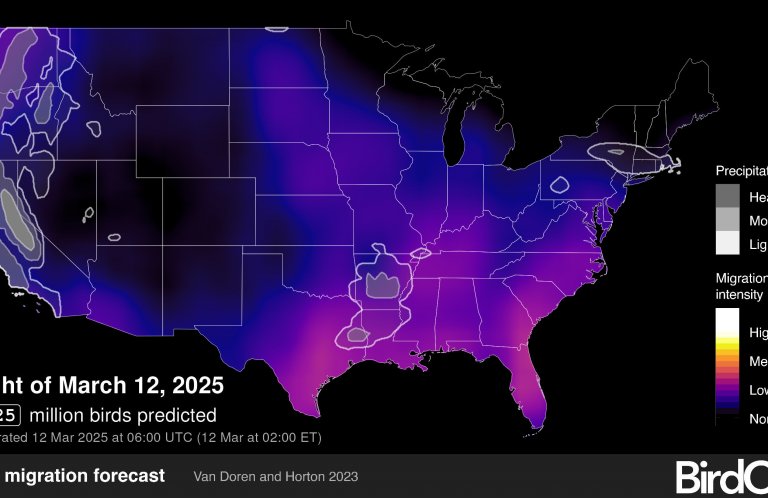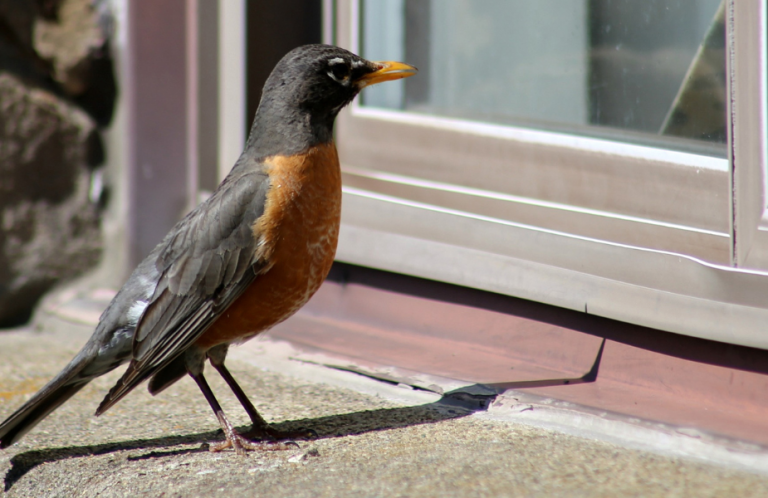Distributed Solar: A Sunnier Option for Birds and the Climate
Climate change is bad news for birds. Impacts like higher temperatures, rising sea levels, extreme weather, habitat loss, and disease spread are already having an effect on hundreds of avian species. Because the challenge can seem daunting, we at American Bird Conservancy (ABC) propose that one of the best things you can do for birds and climate change is to install and support distributed solar at your home, business, or community.
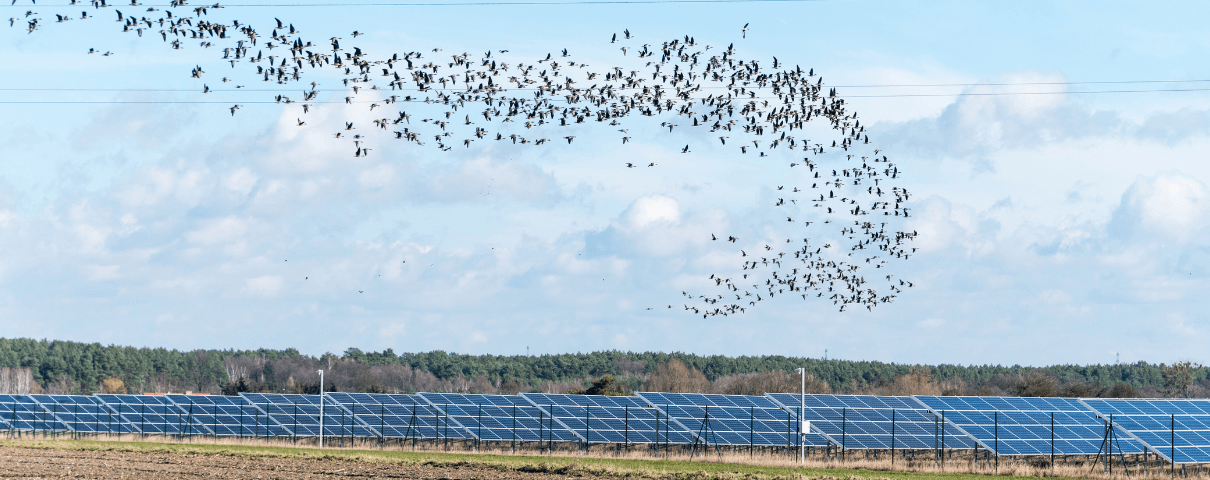
What Is Distributed Solar, and Why Is It Good for Birds?
Distributed solar energy is generated at or near the location where it is needed; installed in already-developed areas, it uses photovoltaic (PV) panels to convert sunlight into electricity. Examples of distributed solar projects include rooftop solar, solar canopies built over parking lots, and community solar, where a group of community members buy into a nearby solar array.
While all energy generation — including renewables — impacts birds and the planet, the impacts vary, and distributed solar is so far the only option that has very limited effects on undeveloped habitats. Installed on buildings and other existing structures, most distributed solar projects do not require the alteration of wildlife habitat. That's important, because for many bird species, the threat of habitat loss is the most critical to their survival.
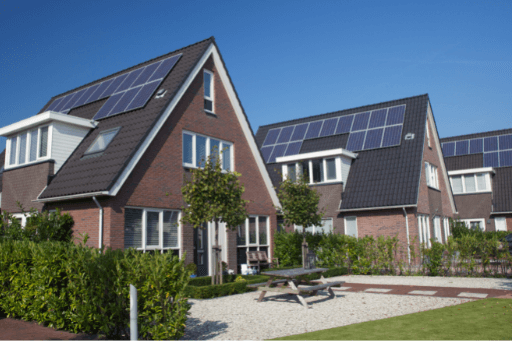
By contrast, industrial-scale PV solar projects require somewhere between several hundred to thousands of acres of flat, cleared land per installation. They are typically placed on previously undeveloped areas or existing farmlands. Although research is ongoing to see how acres occupied by industrial solar could still provide at least some biodiversity benefits, these installations often contribute to large areas of habitat loss.
These projects often require construction of new powerlines to connect to the electricity grid, which create both electrocution and collision hazards for birds. There is also evidence that the massive reflective surface created by the panels lures and can kill birds, perhaps appearing to them like the surface of a lake.
Industrial wind energy developments cause bird mortality from direct collisions with the turbine blades, as well as from habitat loss and displacement. These facilities require large expanses of habitat, both on the ground and in birds' airspace, along with roads and powerlines, all of which cause collisions and degrade habitat.
Is Distributed Solar a Viable Option to Fight Climate Change?
Distributed solar is clearly a good choice if you're concerned about the impact of other renewables on birds. But is it really a viable option? Until recently, small-scale solar installations such as rooftop solar have been seen as less practical than utility-scale renewables (such as industrial solar and wind energy). In part, this is because upfront costs for getting started with distributed solar were relatively high, while the ability to significantly scale up seemed limited.
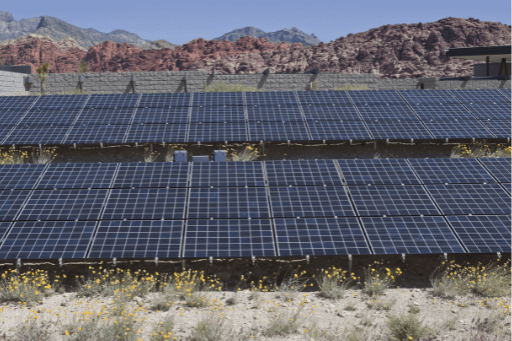
Recent research challenges these perceptions. A report released in 2020 by a team at Vibrant Clean Energy found that the U.S. could save hundreds of billions of dollars in energy costs by 2050 if it rapidly scaled up distributed solar and battery capacity over the next decade. The upfront cost of installation is also getting cheaper each year. It dropped by 60 percent in the past decade, and prices continue to fall.
Doubts about the ability of small-scale solar to scale up are also being dispelled. A 2021 study in Nature Communications set out to determine how much energy distributed solar could actually generate. Researchers estimated that if every rooftop in the world capable of supporting solar power was fitted with panels, distributed solar alone could generate as much electrical power as the entire human population consumed in 2018 (although whether all that power could actually be harnessed depends on storage technologies and other factors). They named the U.S. as one of the countries with the highest potential for rooftop solar development.
Just 4 percent of all U.S. energy was generated by solar power last year, but this share is growing fast. Solar has represented the largest share of new energy-generating capacity for several years in a row. Last year alone, the U.S. added half a million residential solar installations. Five percent of viable homes in the country now have solar panels.
The Many Benefits of Distributed Solar
Small-scale solar isn't just good for birds — it has advantages for the people who use it, too. Switching to solar can save money, increase energy independence, and provide security against blackouts and brownouts.
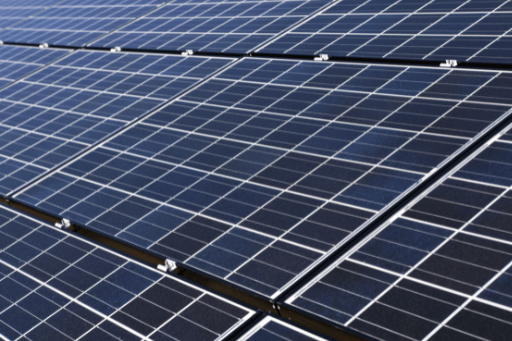
According to the 30 Million Solar Homes initiative, a transition away from fossil fuels and toward using solar-powered electricity can also improve air quality and the quality of life for millions of people.
As demand grows, the growing solar industry will also support hundreds of thousands of jobs for people around the country. The 30 Million Solar Homes website breaks down the benefits by state.
Of course, as these benefits play out, widespread adoption of distributed solar would, as mentioned above, spare large areas of wildlife habitat that might otherwise be cleared for other types of energy development.
Learn More About Going Solar
If you're interested in installing solar panels on your roof, there are a few resources to help you get started.
If you live in the U.S., start by checking out the Database of State Incentives for Renewables & Efficiency for a comprehensive list of available financial incentives that support the switch to renewable energy. The U.S. Department of Energy also has a Homeowner's Guide to Going Solar.
Alternatively, if you aren't able to put solar panels on your own home, you may be able to subscribe to a share of a nearby solar farm. Those buying or leasing a portion of a solar array are usually rewarded with utility bill credits, lowering home energy costs. EnergySage enables people living in the U.S. to search for available nearby community solar farms. It also offers predictions for how much you could save on your energy bill by making the switch.
To learn more about renewable energy development with birds in mind, check out the ABC Webinar “Building a Bird-Smart and Equitable Renewable Energy Future.”
 | Steve Holmer is ABC's Vice President of Policy. |





































